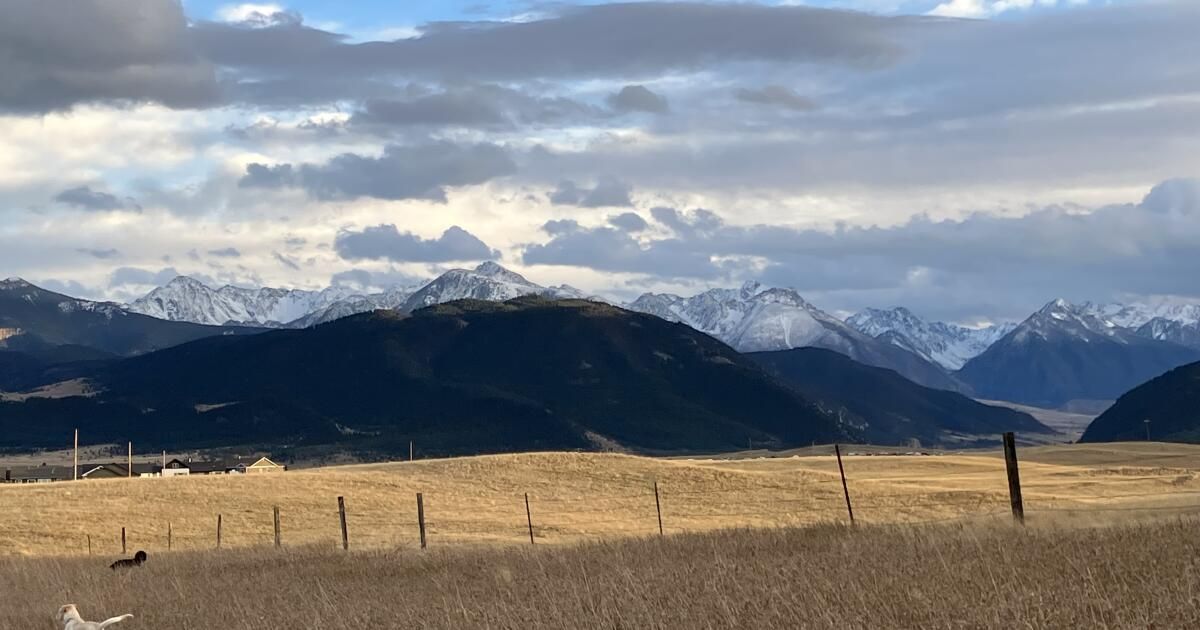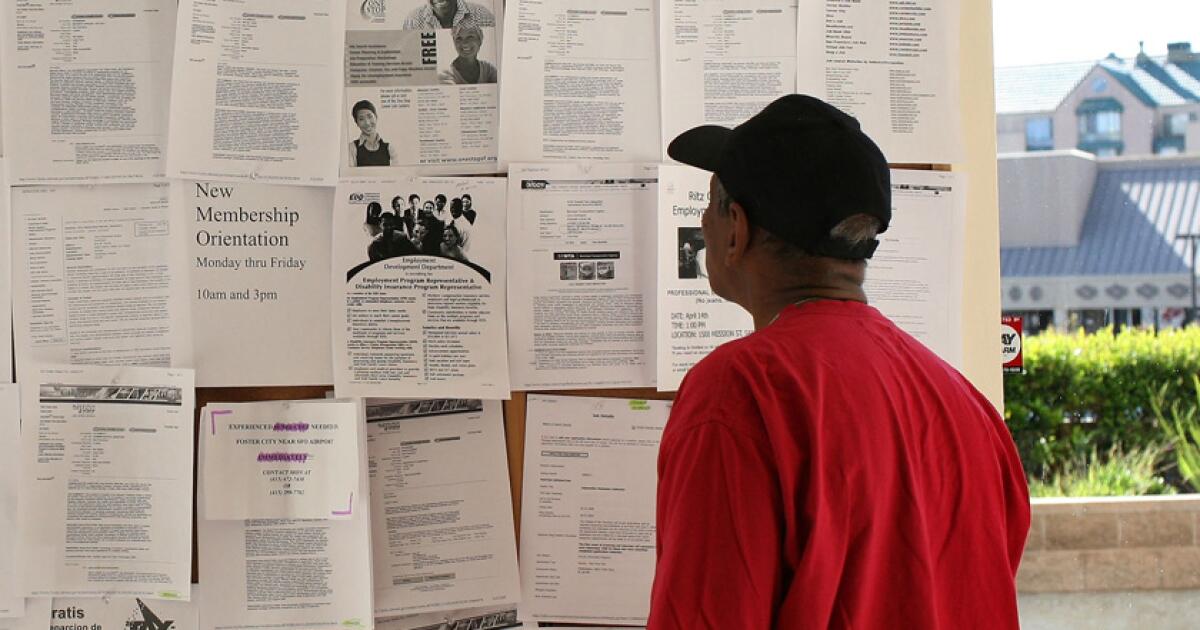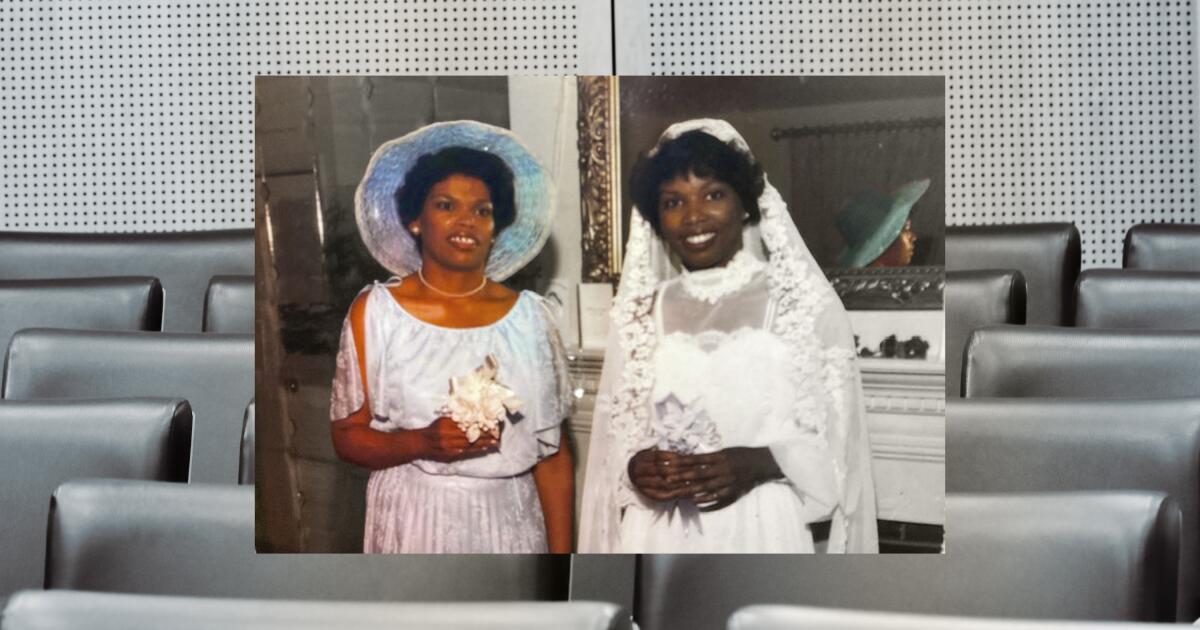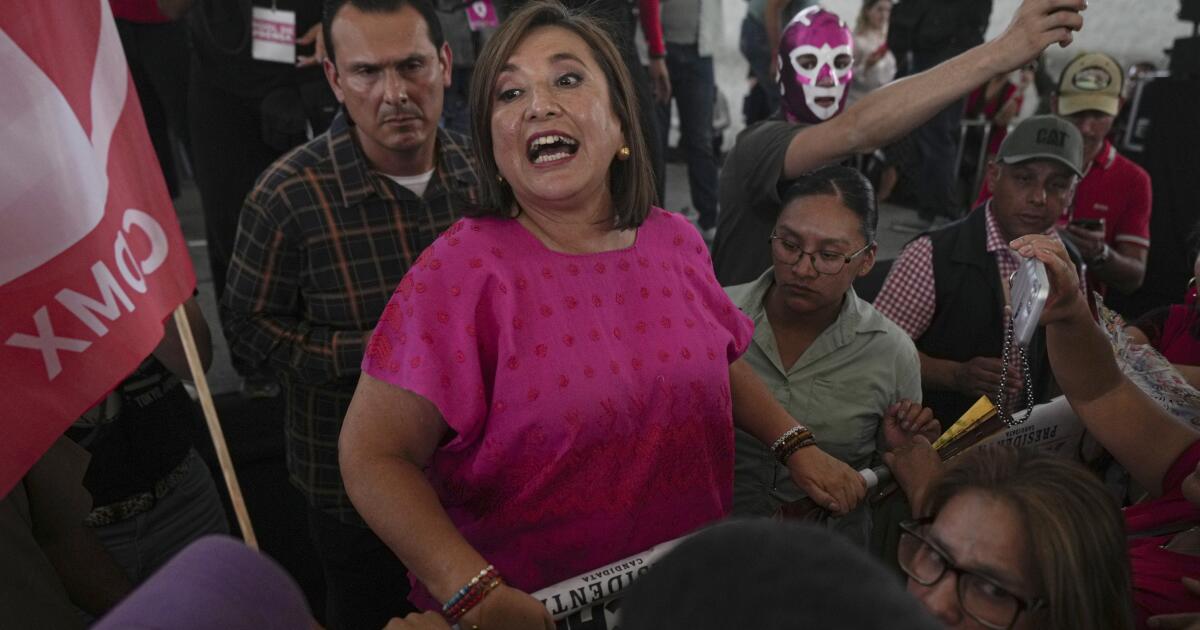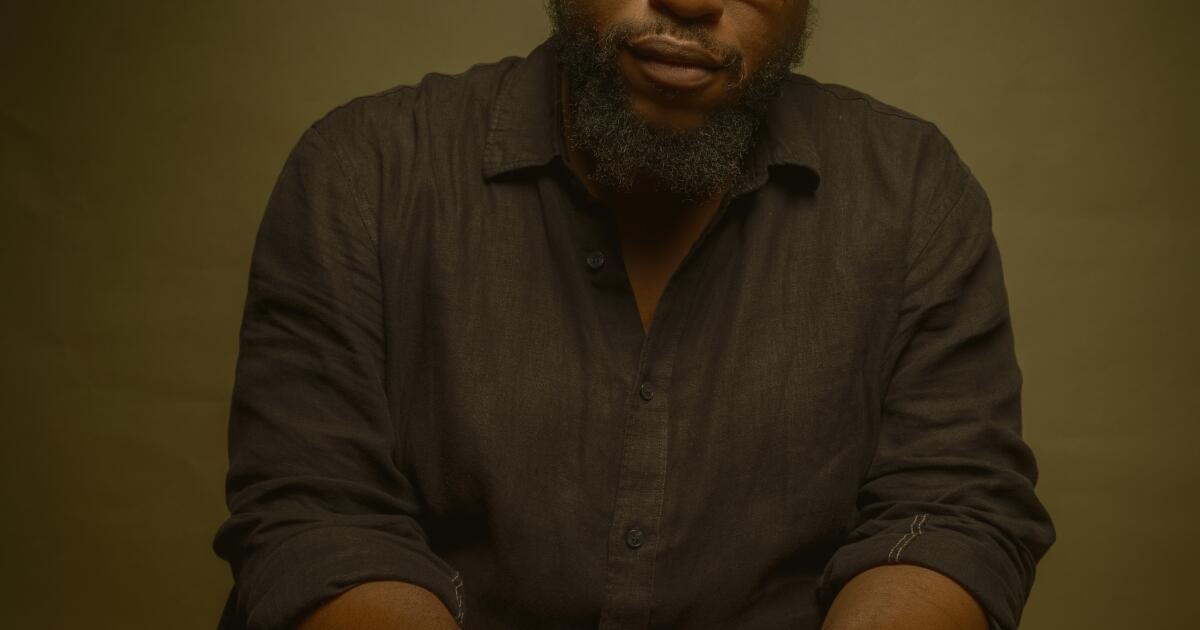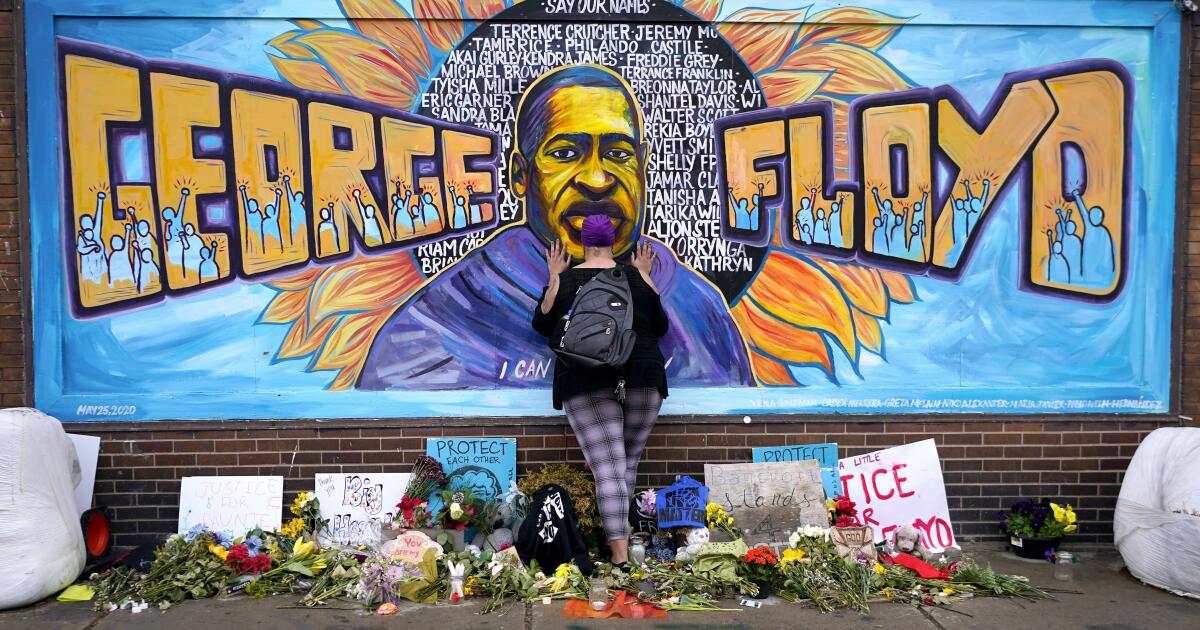My version of Livingston, Montana, where I've lived since 1987, began with a kind of artistic, impoverished chain migration: My father and his best friend were writers. Best friend moved here in the late '60s, and other friends (a painter and more writers) followed and stayed. As a teenager, I visited twice with my family and the area became a dream in the back of my head. At age 27, when I decided to ruin my first career and leave New York City with a boyfriend, the painter offered us an old house for $150 a month. Livingston seemed like the ideal place to start over.
The romance of escape dimmed somewhere on Highway 2 in northeastern Montana. My companion studied the horizon and said, “What are you doing to me?” It was early May and there was still nothing green, but he perked up when the mountains appeared. As we entered the city on the battered east side, passing huge, abandoned train repair buildings: the railway had taken out recently destroying hundreds of jobs in a city of 7,000 people, could have answered the question for both: they will be happy in this place; You will find it incredibly difficult to make a living here.
We stopped at Sax & Fryer, a newsagent and bookstore open since 1882. The owner, John Fryer, who had last seen me a decade earlier, gave me a kiss and handed me the key to the old house.
Livingston turned green. We spent our small savings and stayed. The painter, who traded Fryer's artwork for the use of the offices above the store, offered me a job there. We were very lucky.
Livingston was beautiful; He was strange, cold and windy. The city is 60 miles north of Yellowstone Park, on the edge of the immense Absaroka-Beartooth Desert, hidden in a bend in the longest undammed river in the US In 1987, the city had one of the largest cities in the state. biggest rodeosa Superfund site where dangerous residues had been abandoned and a cult at the end of the world that, before the world ends, I would build air raid shelters and bring in an armored personnel carrier.
People who considered themselves locals were mostly entertained by the early artistic émigrés, but increasingly distrusted the dramatic Californians and strange religions. His default attitude was not so much tolerance as an absolute belief that people would do what they wanted anyway. Nothing was stratified: you knew teachers, cooks, plumbers, ranch hands. All who had survived the winter joined together to marvel at the influx of summer. Many visitors didn't understand that anything could kill them: hot or cold water, reptiles and things with hair, weather, gravity.
The West is littered with cities that have not fully survived. Here, the early invaders of the '60s and '70s became part of the fabric, lifelong friends of locals like John Fryer. They went from marketing paintings to owning restaurants and writing scripts that attracted actors to the city.
Livingston has increasingly sold his idiosyncrasies: the fly fishing, the hiking, the wild bars. We are close enough to an airport, a university, a ski slope. Thanks to people like John Fryer, who lobbied to keep Livingston's old buildings standing, the city did not wither. Instead, we have too many good things. People moved here, especially during COVID, or bought houses to list on Airbnb. What is incredibly expensive to a local, seems wonderfully cheap to someone from New York or California; It was always like this.
Some newcomers open shops and seriously try to understand the city. They have replaced funk, but not poverty, drugs and alcoholism, a high suicide rate and a low minimum wage. Others complain about restaurant service without understanding the inequality: their waiter can no longer afford to live here. A new sense of entitlement has less to do with wealth than the Christian right, with its own private Idaho spreading inexorably south and east from northwestern Montana, where rejigged library boards have cleaned out their shelves. We are not yet part of the white kingdom, but they are sending the best: a neo-Nazi contingent. hours of drag history threatened here last spring, and they have woken up the people of the city who share their beliefs. As historian Betsy Gaines Quammen brilliantly says: explains in his book “The true West,” these biblical literalists believe in “the notion of Christian dominion over all living beings.” They want it all and feel that they have been divinely ordained.
I think I'm local now. I had two kids here and surreptitiously drank margaritas at endless soccer games, worked for pennies, kayaked and filled sandbags, cooked for dozens of wakes and weddings. I have entered at least half of Livingston's 20 bars and a smaller percentage of its churches. I liked most people and in return I felt nothing worse than indifference. Now I'm worried about hangings between neighbors.
John Fryer, universally loved, died in December. His shop may close; Nowadays it is difficult to make a profit with magazines and art supplies. The store has seen uglier times: sedition trials after World War I and countless anti-immigrant flashpoints. The Ku Klux Klan had offices across the alley; From the painter's quarters, you could have seen the great dragon, a former mayor, dressing up for a different kind of story time. Over the decades, Fryer filled my novels with stories about inns and brothels, Prohibition booze hidden in cemeteries, and eternal land scams. He was the grandson of a Pony Express rider and an adopted member of the Crow tribe. He was a distillation of the West I moved to.
I wish I could remember more of his stories, and I wish Livingston could recover more of his wayward spirit, his humor, and his humanity.
Jamie Harrison is the author of seven novels, including “The Center of Everything” and the upcoming “The River View.”

